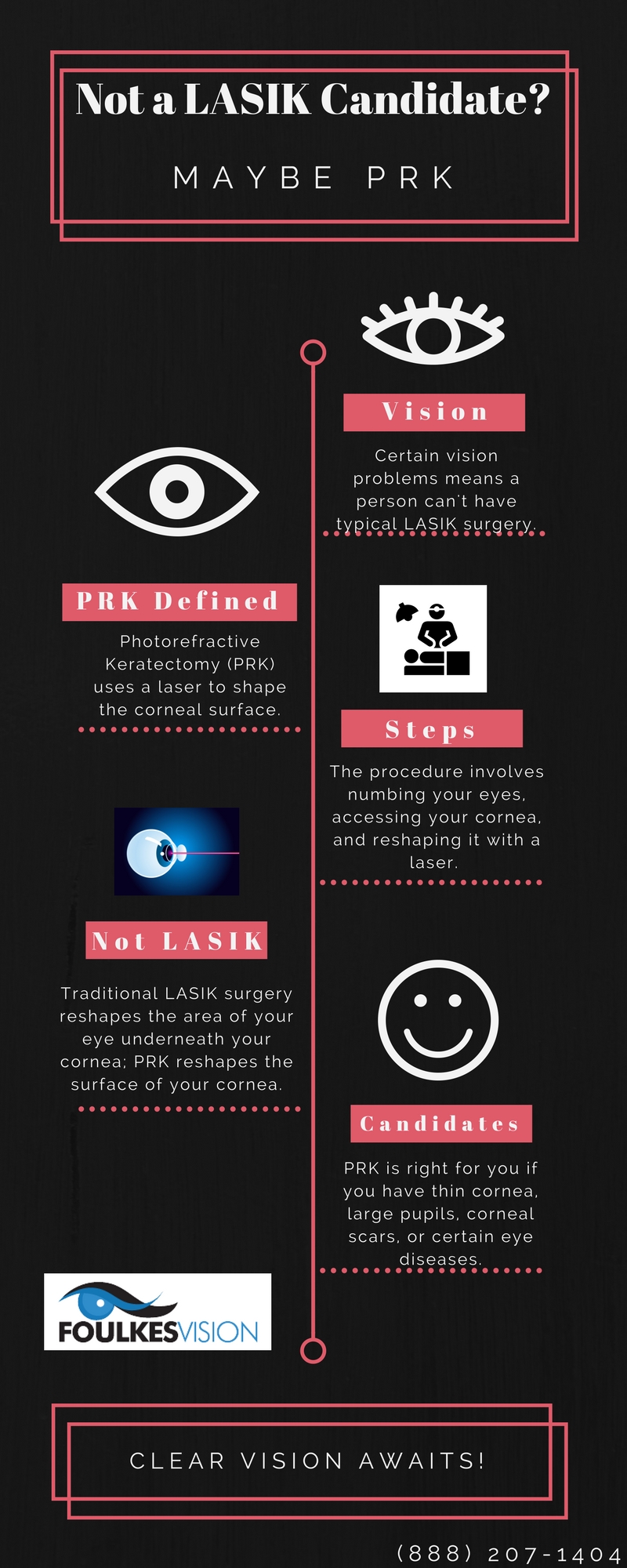The Advancement Of Modern Cataract Surgical Treatment Methods: A Thorough Examination
The Advancement Of Modern Cataract Surgical Treatment Methods: A Thorough Examination
Blog Article
Staff Author-Mcfadden Olson
As you discover the advancement of advanced cataract surgical treatment strategies, you'll witness a trip marked by resourcefulness and accuracy. From ancient approaches that paved the way for modern-day innovations to cutting-edge modern technologies that are changing the area, the thorough summary of cataract surgery techniques is a testament to human progression and dedication to enhancing individual results. The elaborate interaction in between historic strategies and futuristic developments produces an interesting narrative that clarifies the evolution of one of one of the most usual operations worldwide.
Historical Strategies and Technologies
Check out how early surgeons transformed cataract therapy by using cutting-edge methods and tools. In the past, cataract surgical procedure was a dangerous and excruciating procedure. However, ancient Indian medical professionals were among the very first to try medical treatments for cataracts, utilizing a method called 'formulating' where a sharp instrument was used to press the cataract back into the eye. This approach, though crude by today's criteria, prepared for future innovations in cataract surgical procedure.
As time progressed, Arab physicians made substantial contributions by establishing specialized needles for cataract extraction. These needles were made use of to pierce the cataract and then remove it from the eye, noting a considerable enhancement in medical accuracy.
Later on, in Learn Additional , the French doctor Jacques Daviel pioneered the technique of extracapsular cataract removal, where the whole lens was eliminated undamaged via a bigger laceration. This marked a major development in cataract surgery methods, leading the way for the contemporary treatments we use today.
Modern Surgical Approaches
Early strategies in cataract surgical treatment have developed substantially, leading to the advancement of modern-day surgical methods that prioritize precision and enhanced person end results. Modern cataract surgical procedure currently typically entails a treatment called phacoemulsification, where an ultrasonic gadget separate the cataract for removal via a small incision. This strategy permits quicker recovery and reduces the danger of complications compared to older approaches.
Furthermore, the use of advanced intraocular lenses (IOLs) has reinvented cataract surgical procedure outcomes. These lenses can fix not only the cataract yet also various other refractive errors like astigmatism, minimizing the need for glasses post-surgery.
Surgeons today also have access to innovative imaging modern technologies that aid in specific preoperative preparation and intraoperative decision-making. https://lasikpricerange18395.smblogsites.com/35074296/is-cataract-surgery-right-for-you-evaluating-your-candidacy (OCT) and various other imaging methods give comprehensive pictures of the eye's structures, allowing for a more customized approach to each client's surgical procedure. With these innovations, modern cataract surgical procedure strategies continue to boost, supplying individuals much safer procedures and far better aesthetic results.
Arising Technologies in Cataract Surgery
With developments in modern technology reinventing the area, cataract surgical treatment is experiencing the assimilation of innovative techniques for improved client end results. Emerging innovations in cataract surgical procedure are reshaping the landscape of ophthalmic procedures. One such advancement is femtosecond laser technology, which enables specific corneal incisions, capsulotomies, and lens fragmentation, resulting in enhanced surgical precision and end results.
In addition, intraoperative aberrometry is gaining popularity, allowing real-time dimensions of refractive mistakes throughout surgical procedure to improve intraocular lens power computations and lower postoperative refractive shocks.
Additionally, making use of innovative imaging technologies like optical coherence tomography (OCT) and intraoperative wavefront aberrometry help surgeons in specific medical planning and execution. These tools supply detailed physiological information and help personalize surgical approaches for each client's special eye characteristics.
In addition, growths in artificial intelligence are being checked out to aid in preoperative planning, intraoperative decision-making, and postoperative treatment, potentially optimizing surgical results and individual contentment. Accepting these arising technologies in cataract surgery holds promise for more improving person end results and making sure the continued advancement of ocular medical techniques.
Verdict
As you journey through the background of cataract surgical procedure, you witness the transformation from ancient methods to cutting-edge innovations. Like a phoenix metro increasing from the ashes, cataract surgical treatment has evolved into a sign of hope and advancement.
Just as a caterpillar emerges from its cocoon as a lovely butterfly, cataract surgery has developed into a polished art form, offering clients more clear vision and a brighter future.
The advancement continues, shining a light on countless opportunities.
